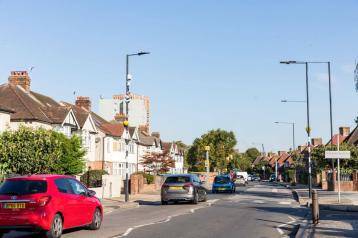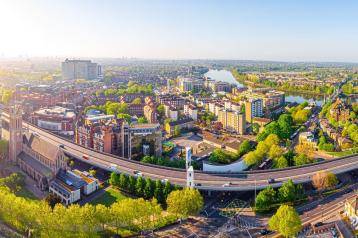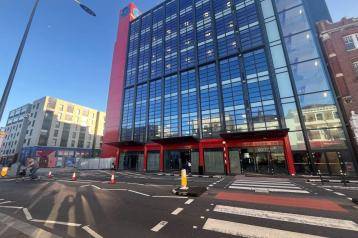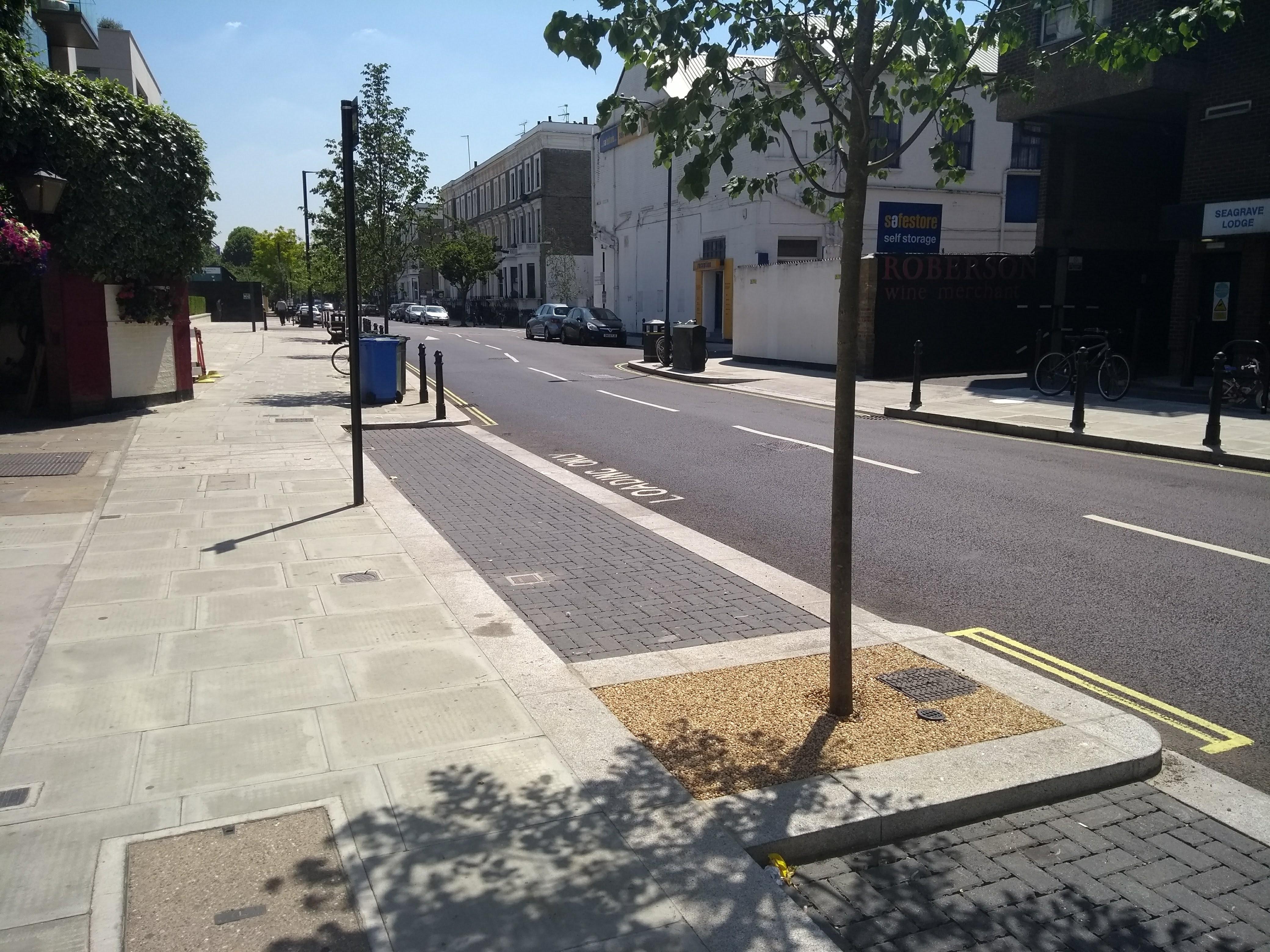
The new tree pits in Seagrave Road (pictured) will also help reduce flash floods
A tree-planting project to make a Fulham's Seagrave Road greener and more flood resistant has won a top award.
The new tree pits are part of a sustainable drainage scheme Seagrave Road which helped the council scoop the best 'Trees and water' project at the 2020 London Tree and Woodlands Awards, earlier this month.
"We've been doing all we can to introduce more greenery and make our streets more pleasant," said Cllr Wesley Harcourt, H&F Cabinet Member for Environment.
"Green drainage schemes like Seagrave Road are a vital part of how we future-proof our borough against localised flooding. They also provide the opportunity to bring vital greenery to local roads, which help biodiversity as well as making the streets look nicer."
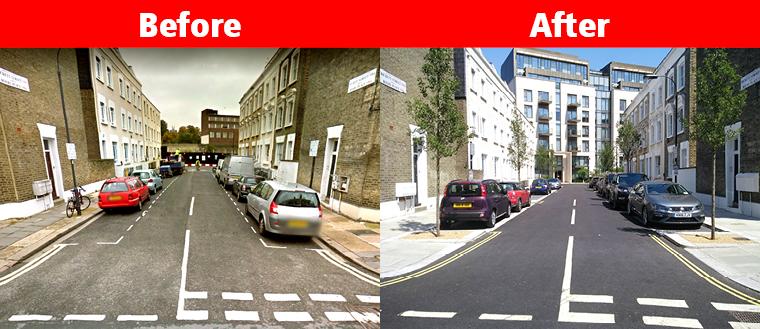
Seagrave Road
The project was completed in spring 2018 and involved planting several trees on special 'build outs' in the parking bays.
The trees are planted in underground plastic units filled with loose soil. The parking bays are then covered in a special permeable paving. This allows the plastic containers to fill with water following heavy rainfall and release it into the ground more slowly, preventing run-off and flash floods.
What is a sustainable drainage (SuDS) scheme?
Sustainable drainage schemes, known as 'SuDS' are used extensively by Hammersmith & Fulham Council as a way of mitigating against the climate and ecological emergency.
The can vary in appearance from areas of permeable paving such as in Seagrave Road, to more pure, leafy rain garden systems such as at the award-winning Bridge Joyce Square in White City and on the Queen Caroline Estate in Hammersmith.
There are currently 16 urban drainage schemes in place across the borough, from Fulham to White City.
These schemes have multiple benefits; not only do they relieve pressure on the historic combined sewer system, they provide opportunities for planting plants and trees that create more pleasant streets for residents and improve local biodiversity.
They also help to reduce 'urban heat island' effect, where large swathes of concrete reflect heat, making cities warmer than rural areas.
See what else we're doing to tackle the climate and ecological emergency.
Want to read more news stories like this? Subscribe to our weekly e-news bulletin.
By sending us a comment, you are agreeing to our publishing policy.
